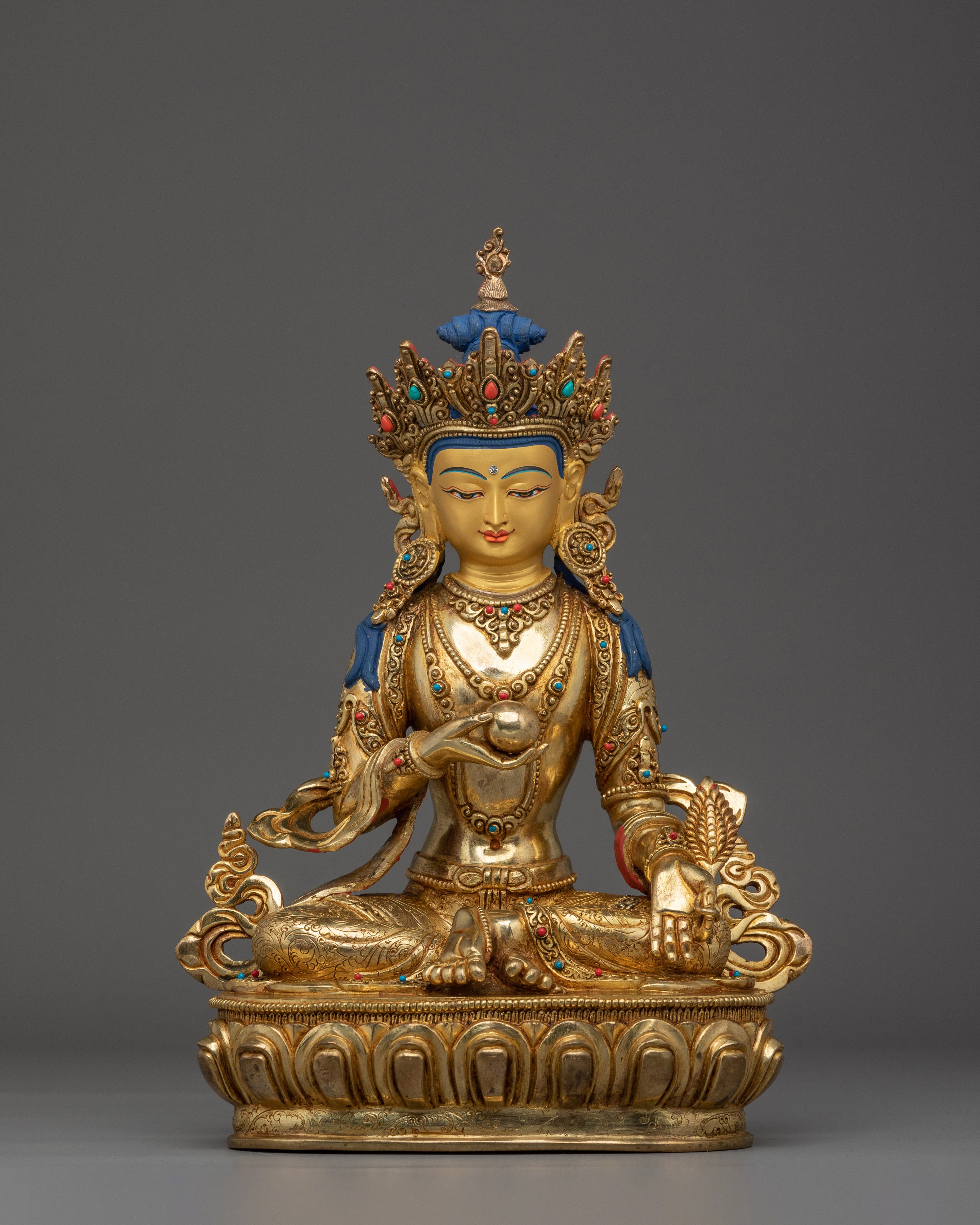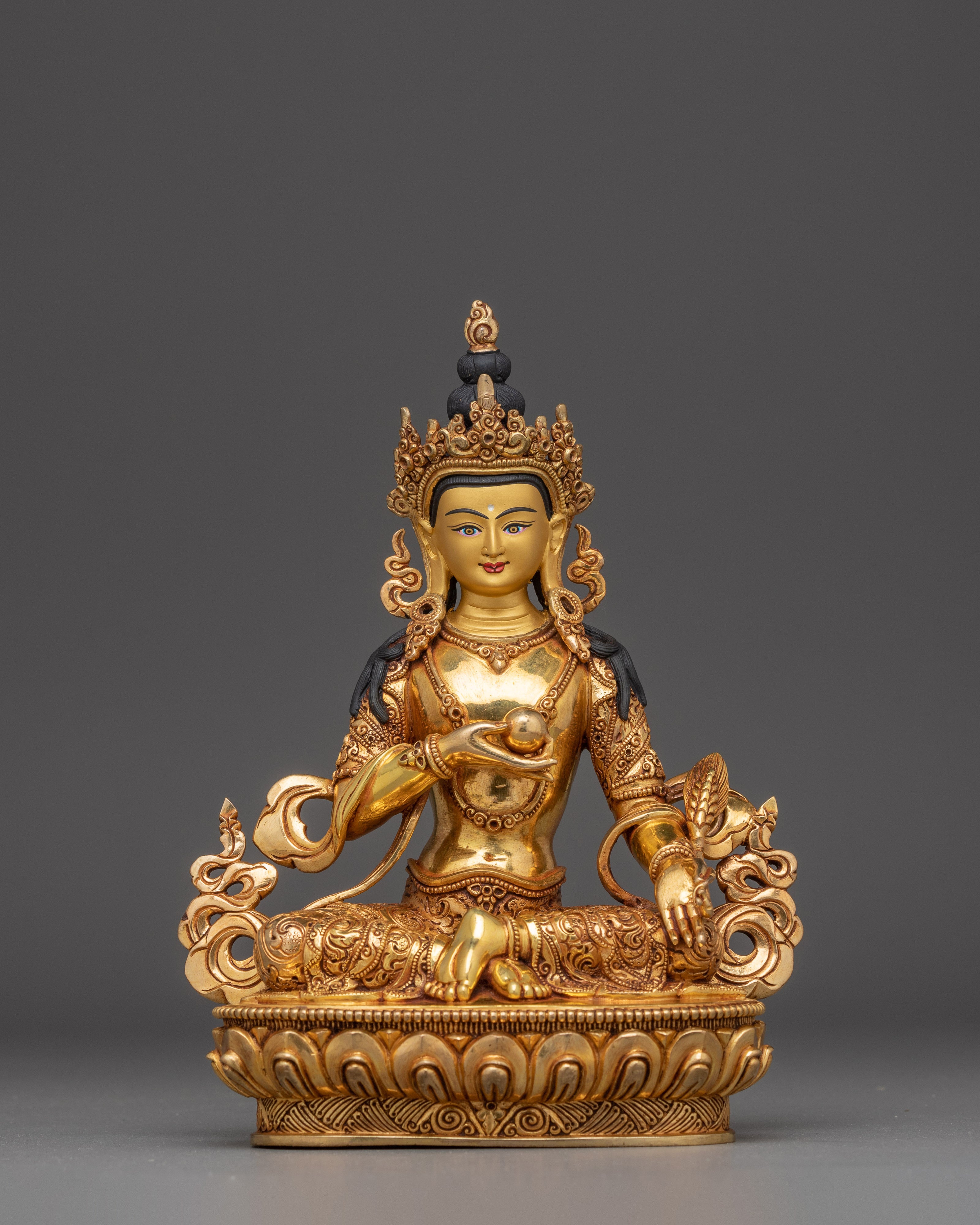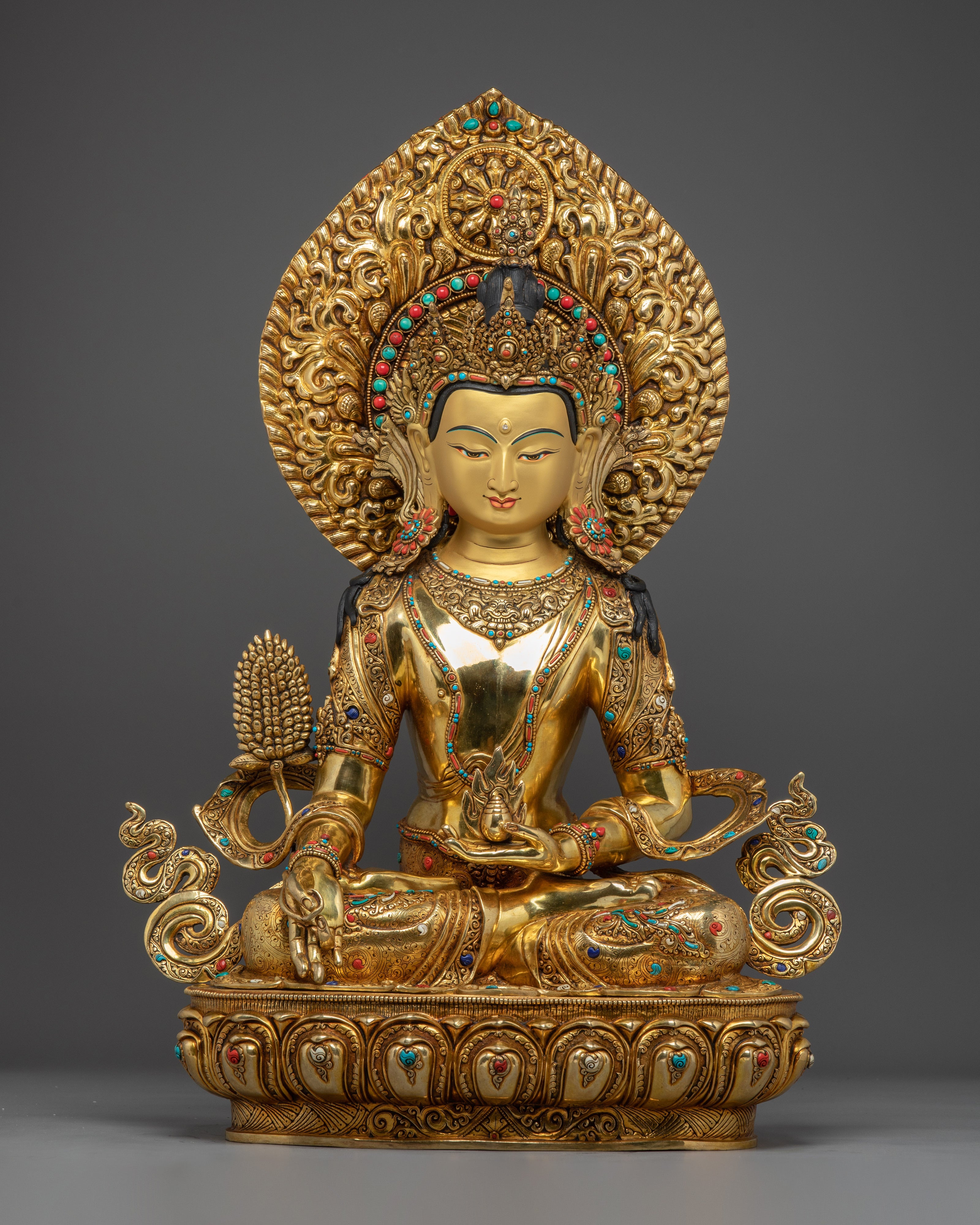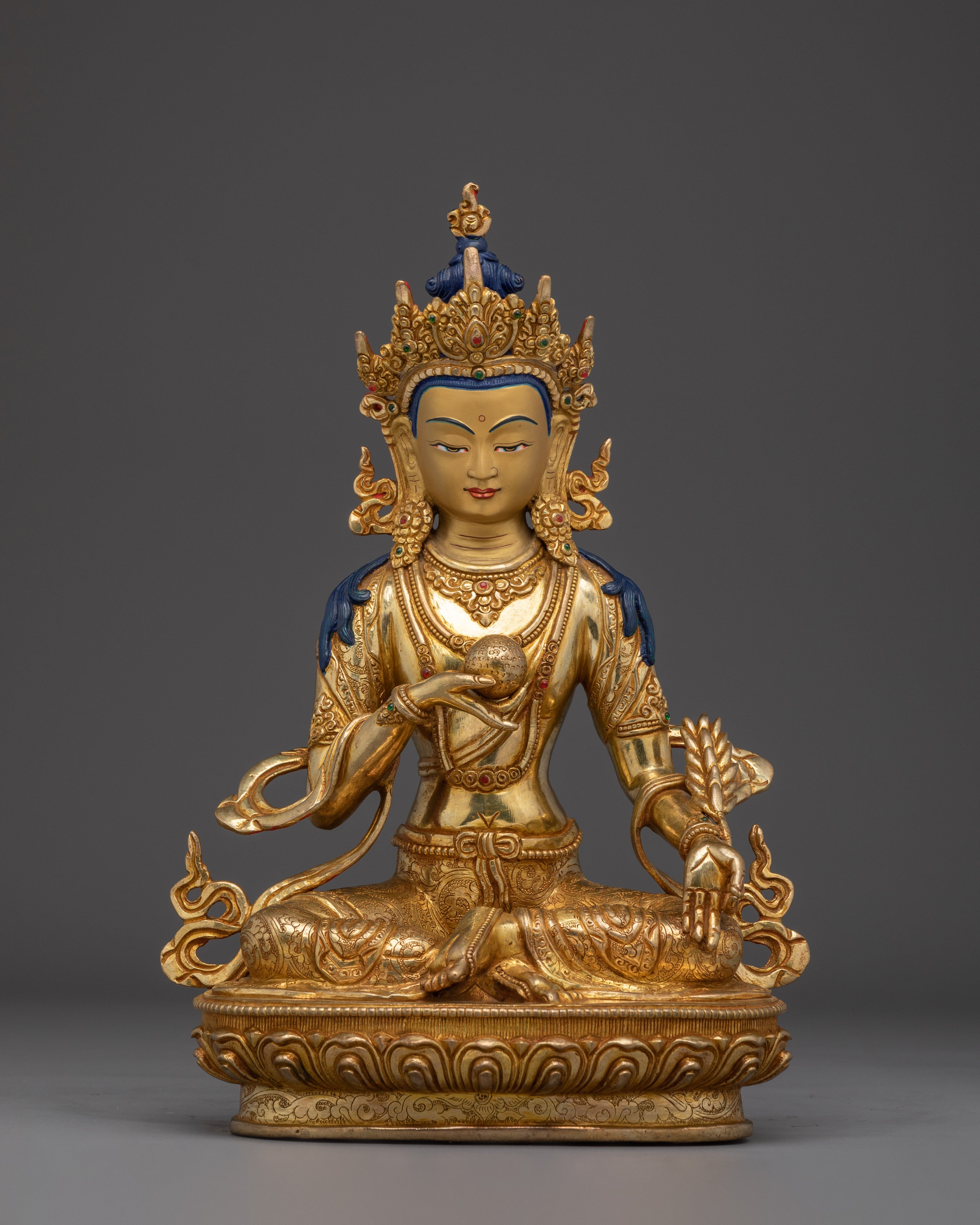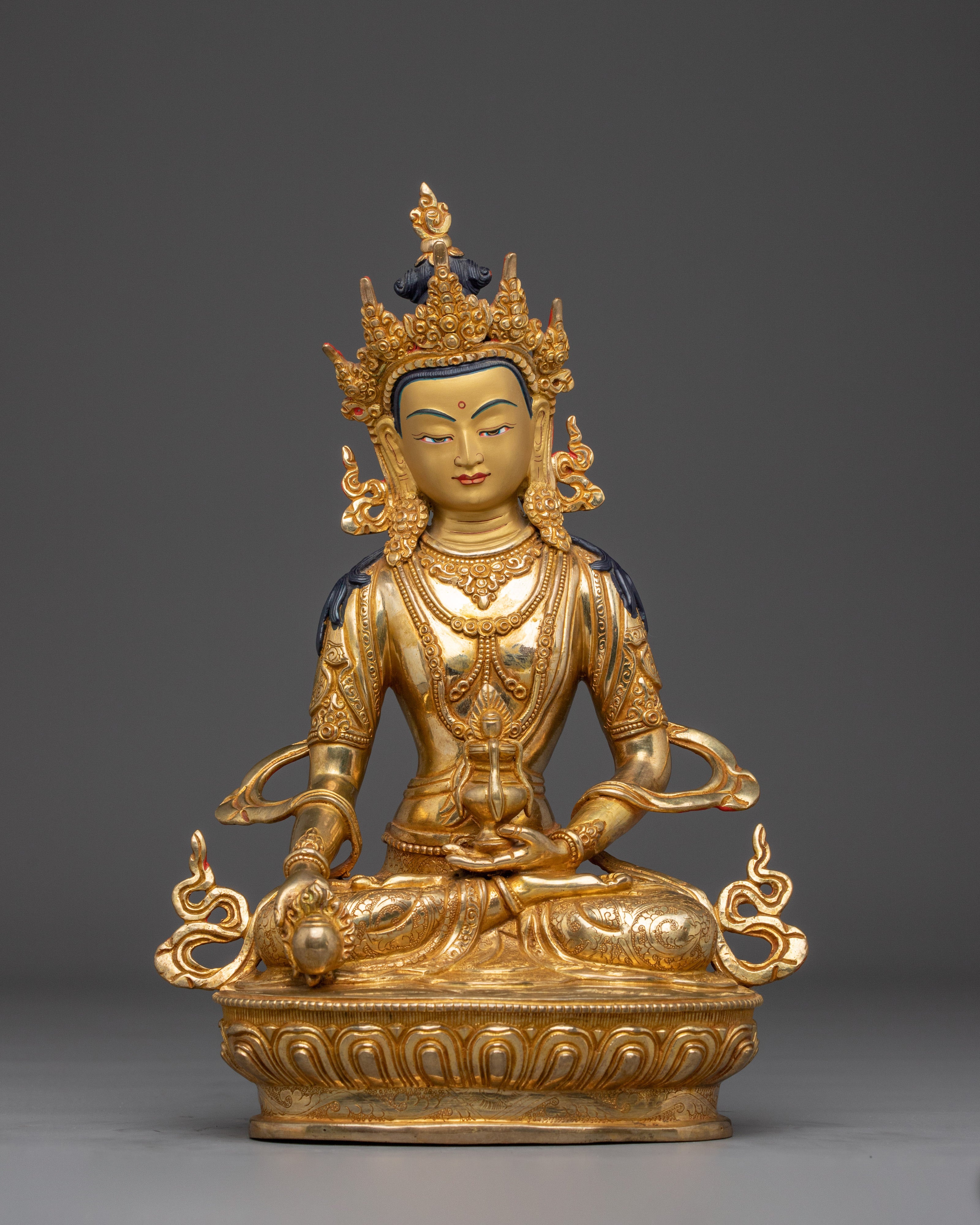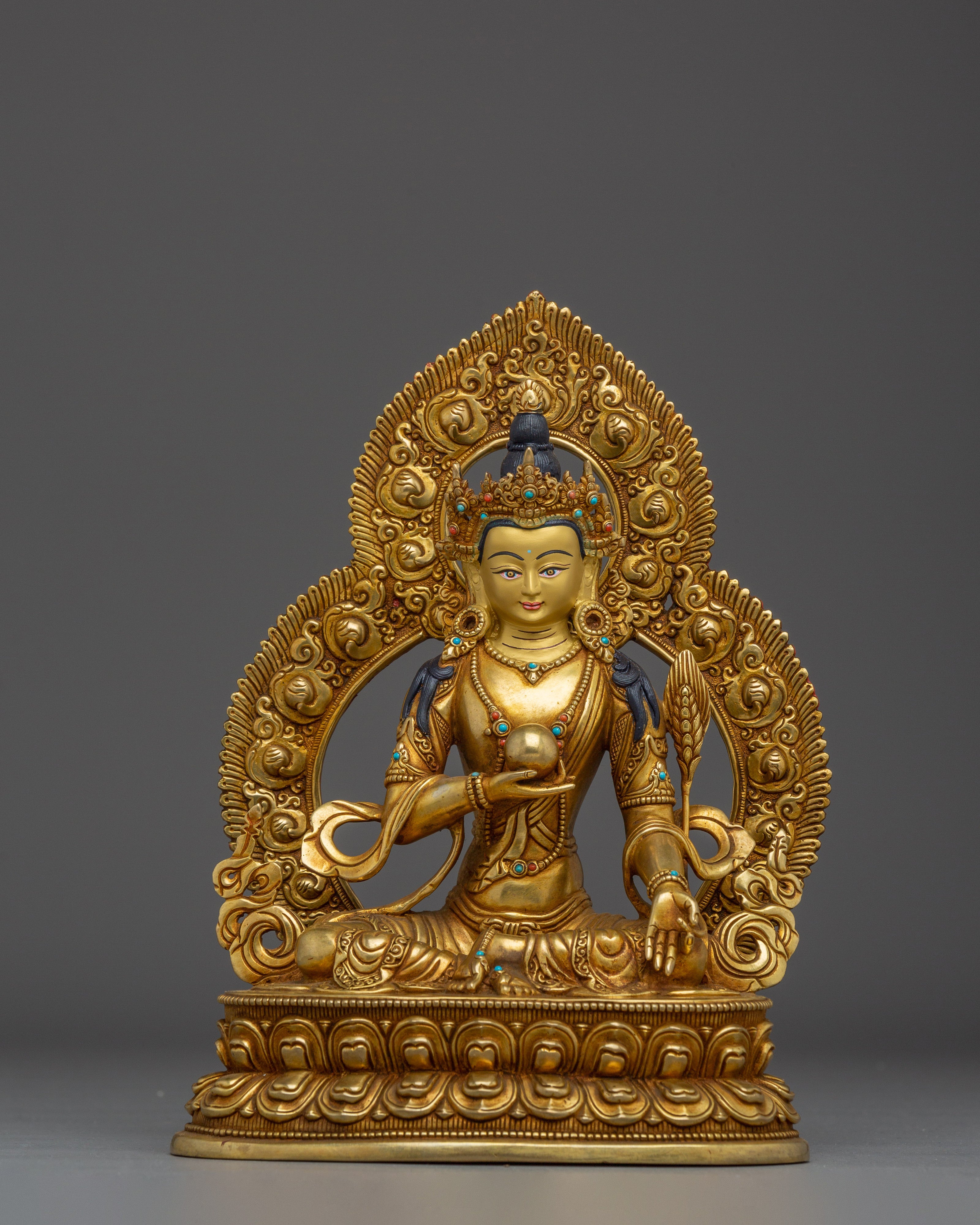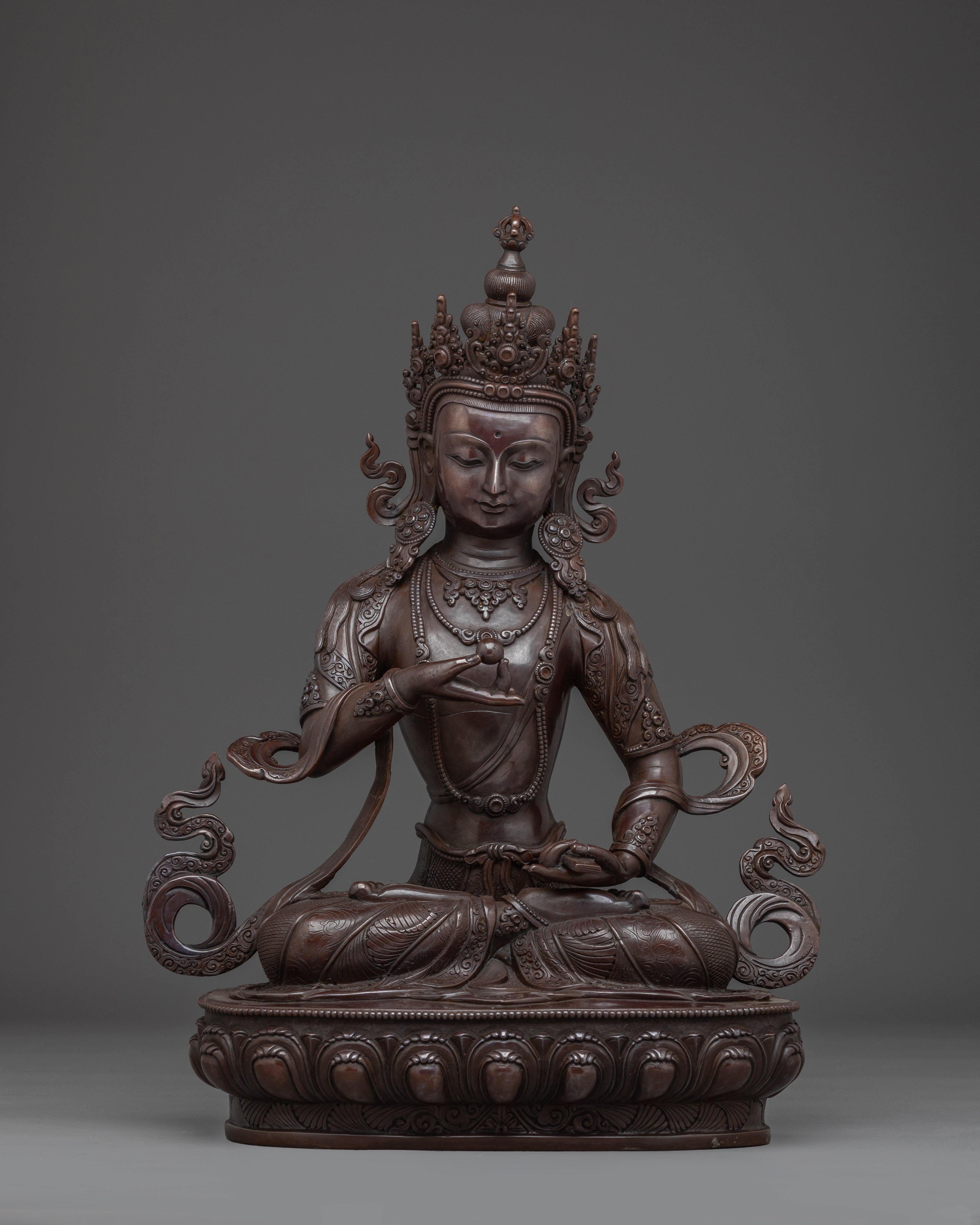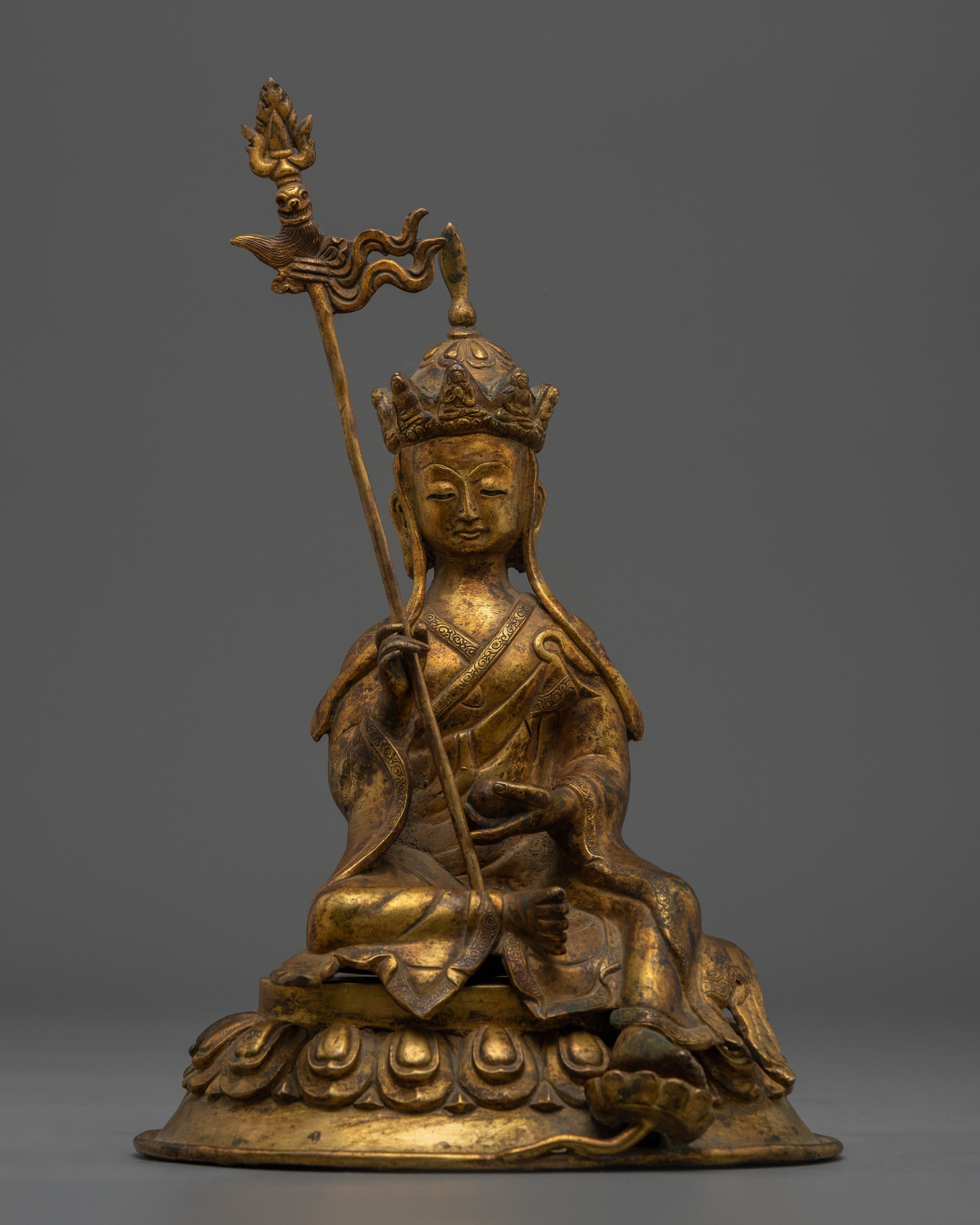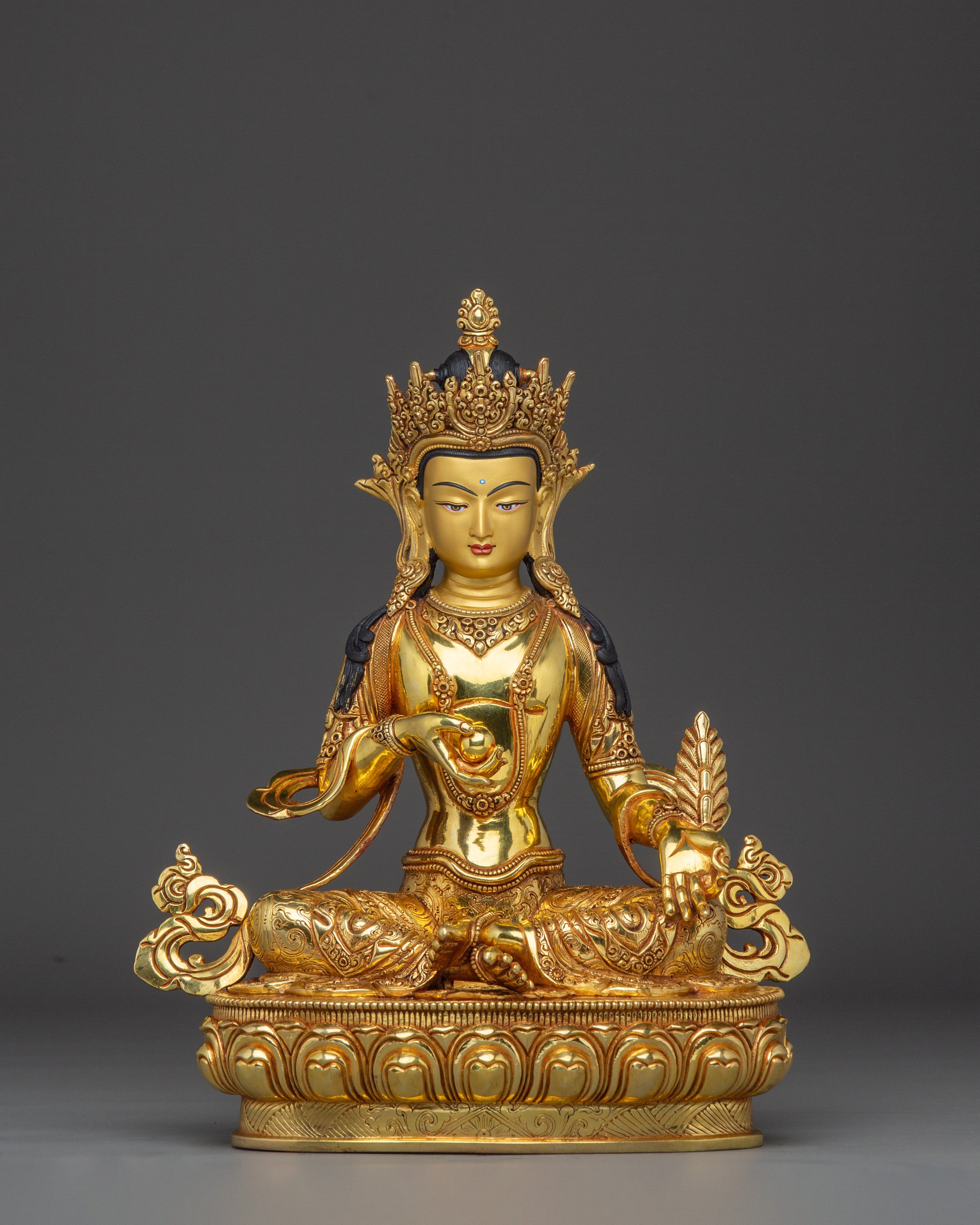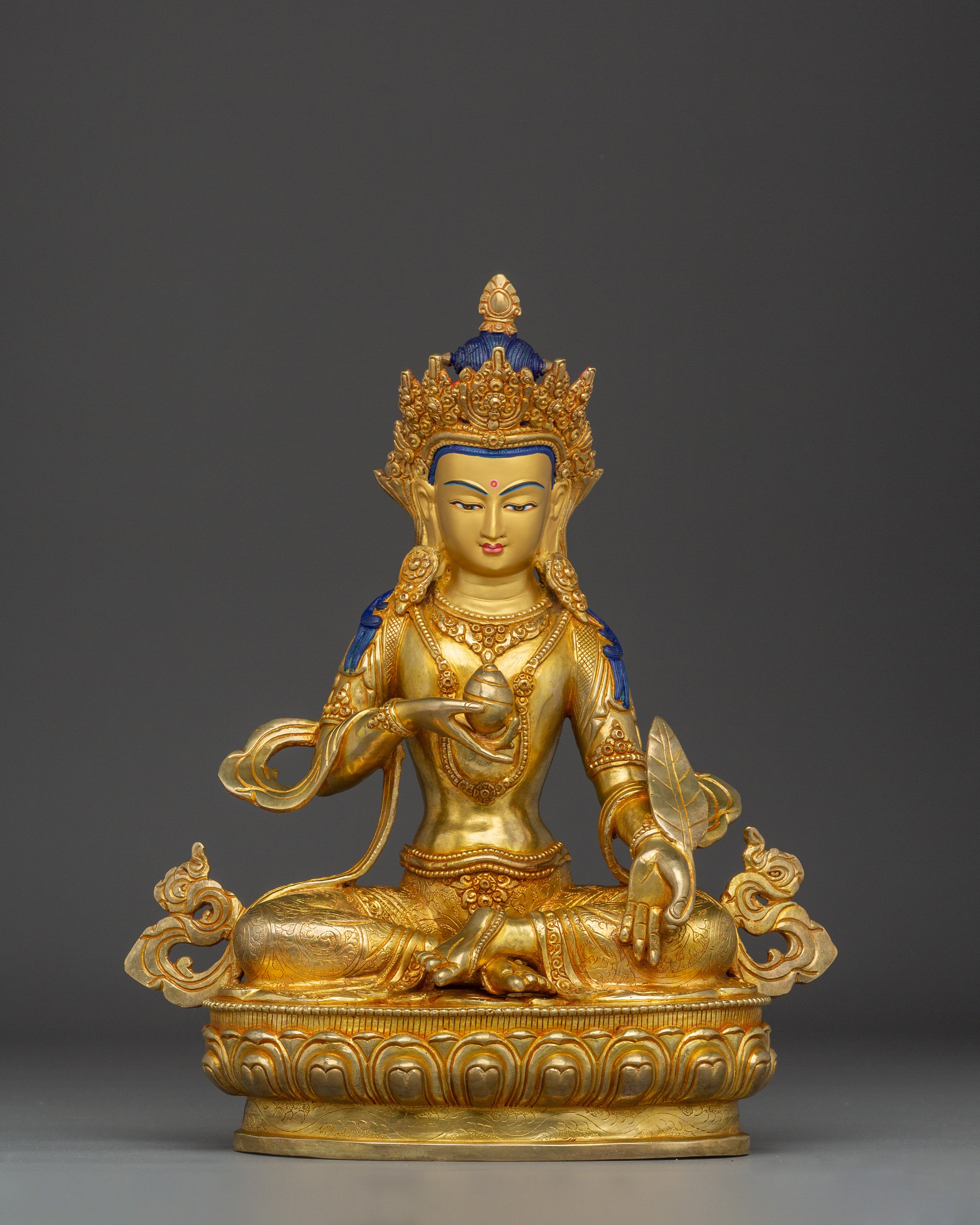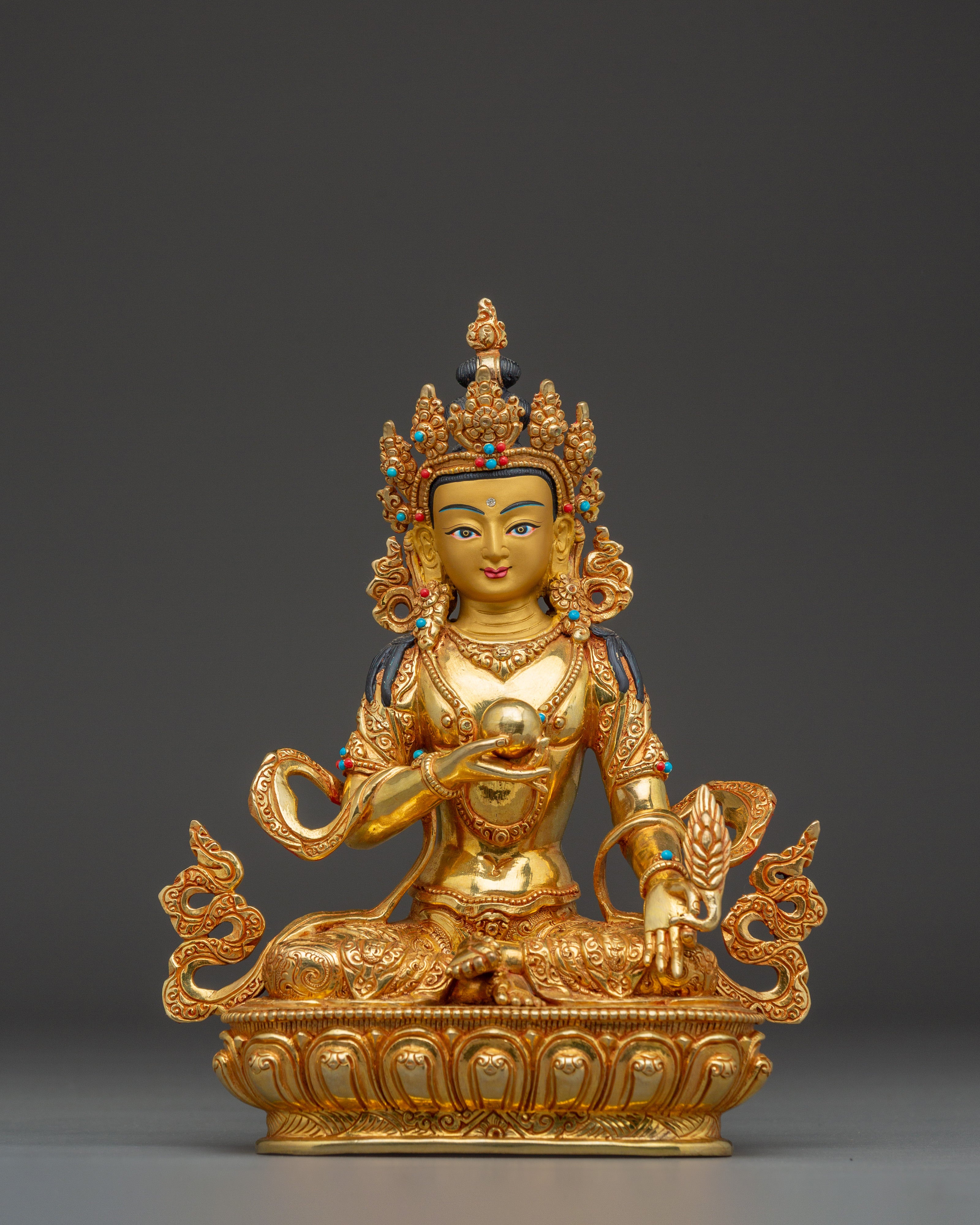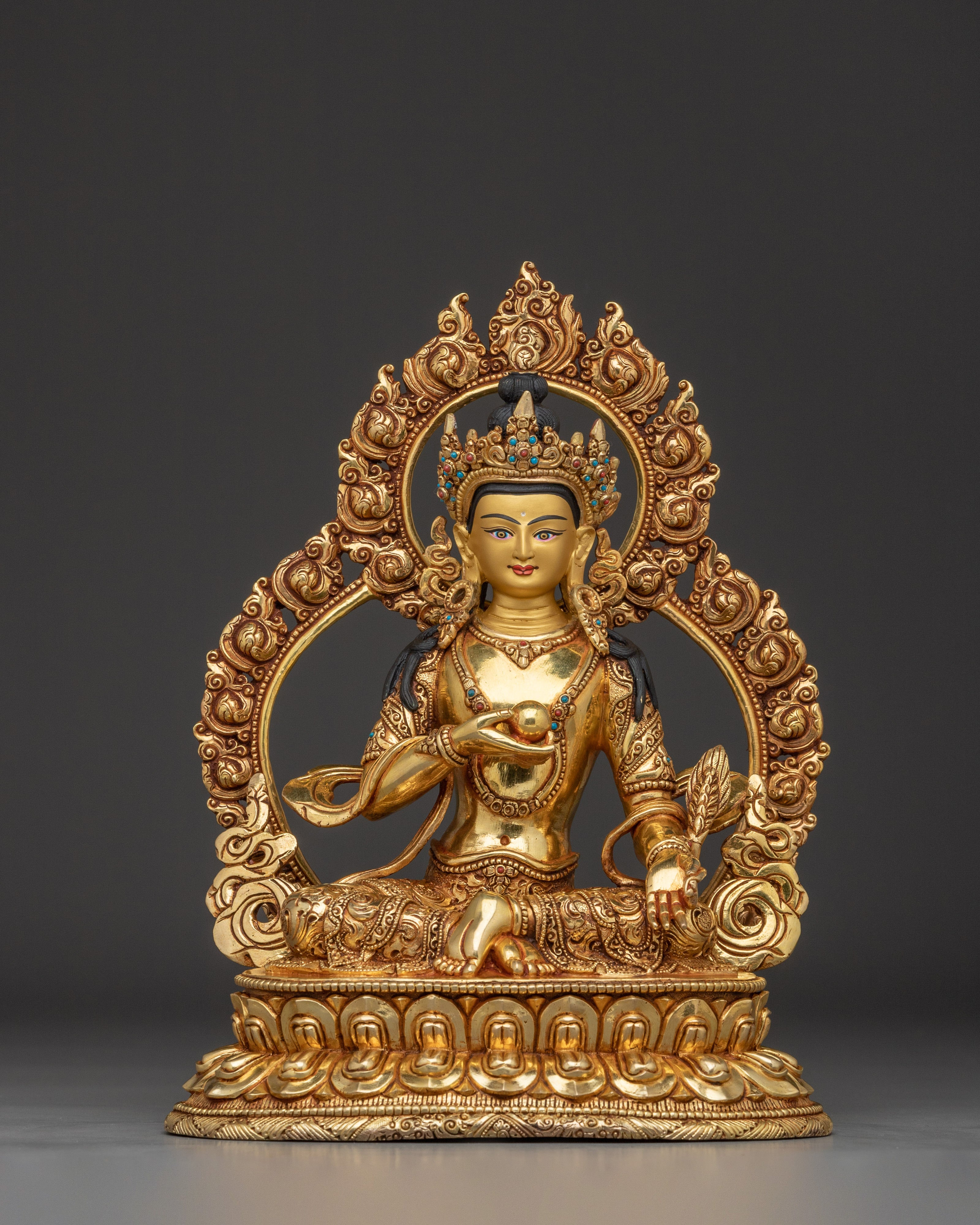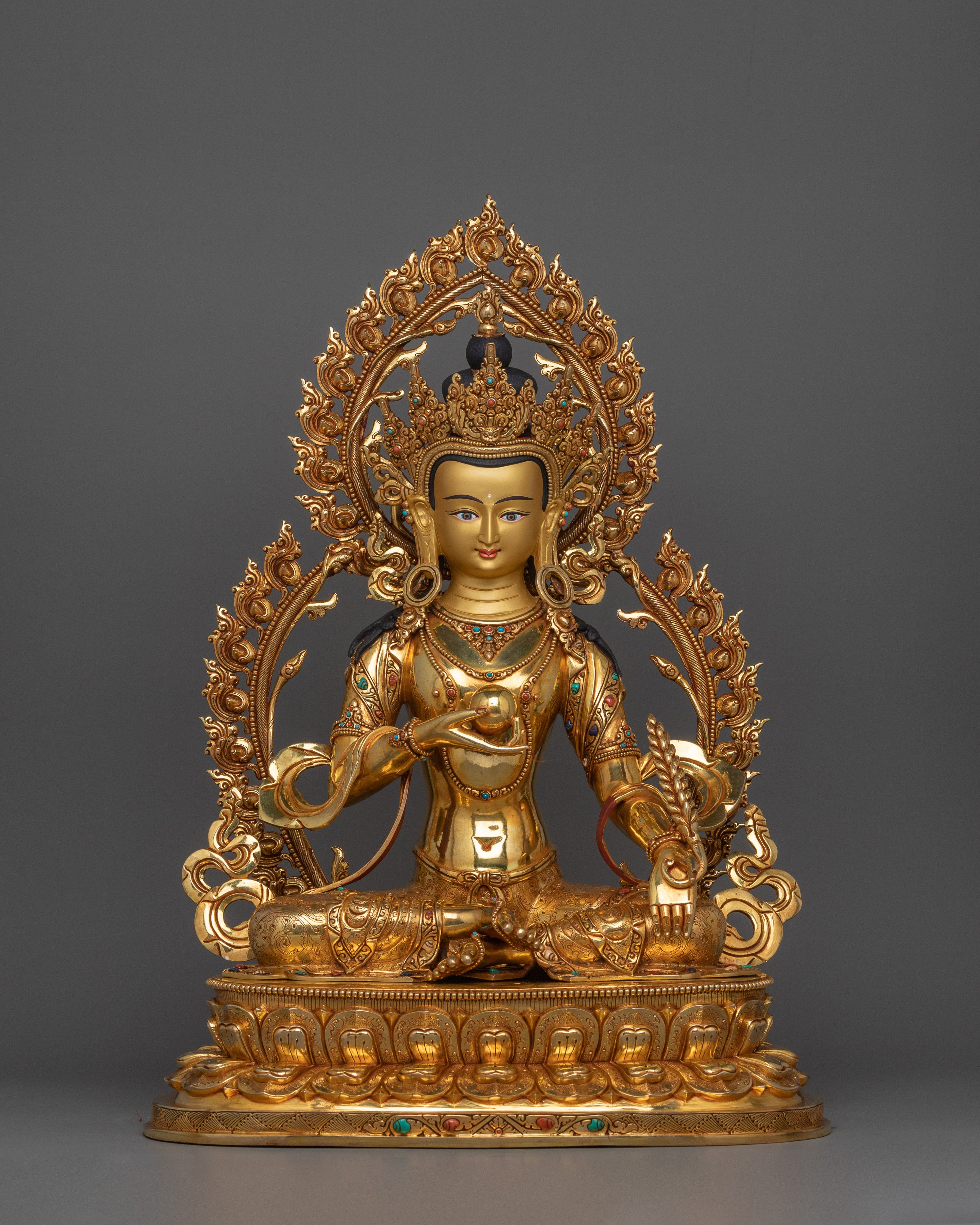Ksitigarbha
76 products
Showing 1 - 24 of 76 products

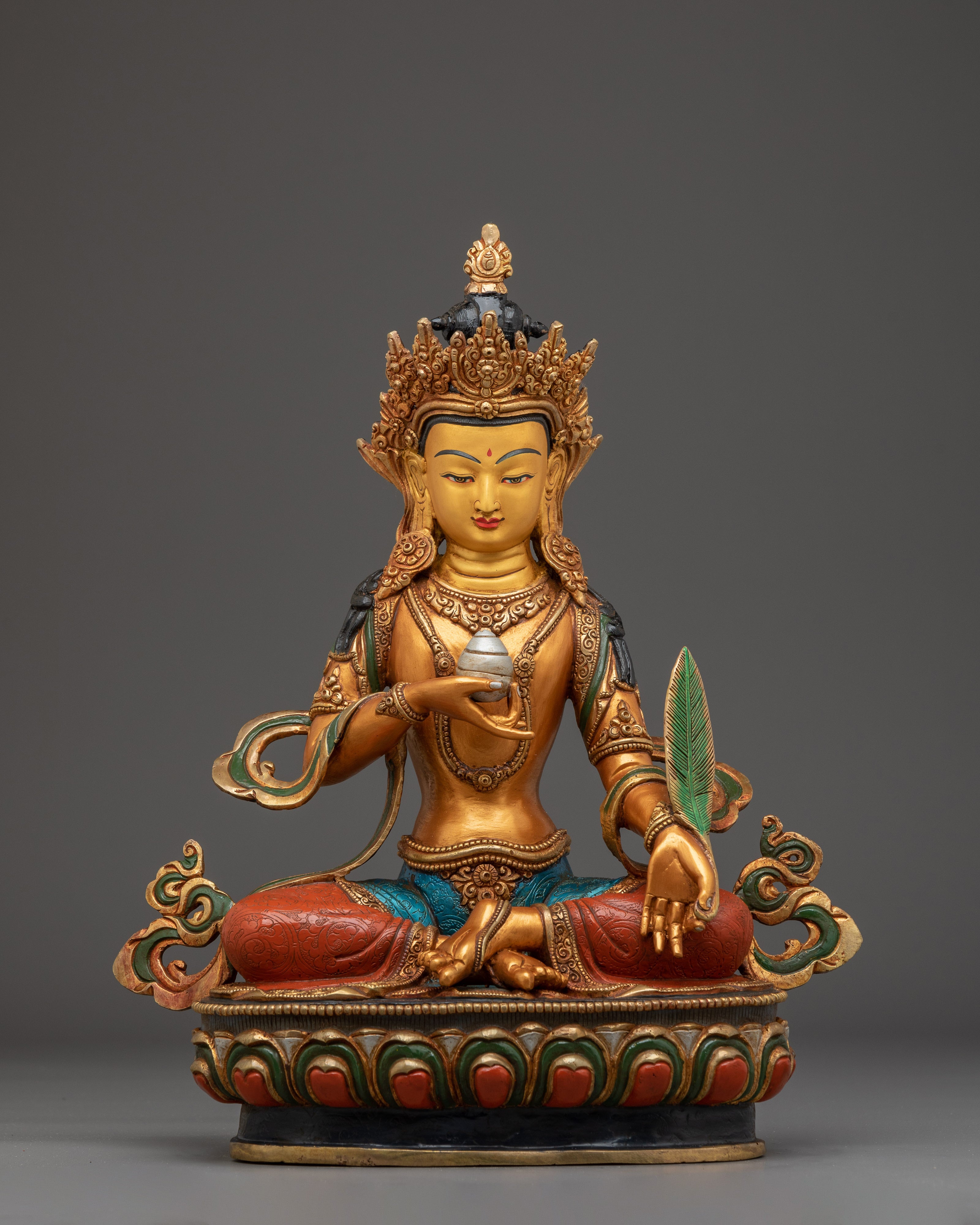

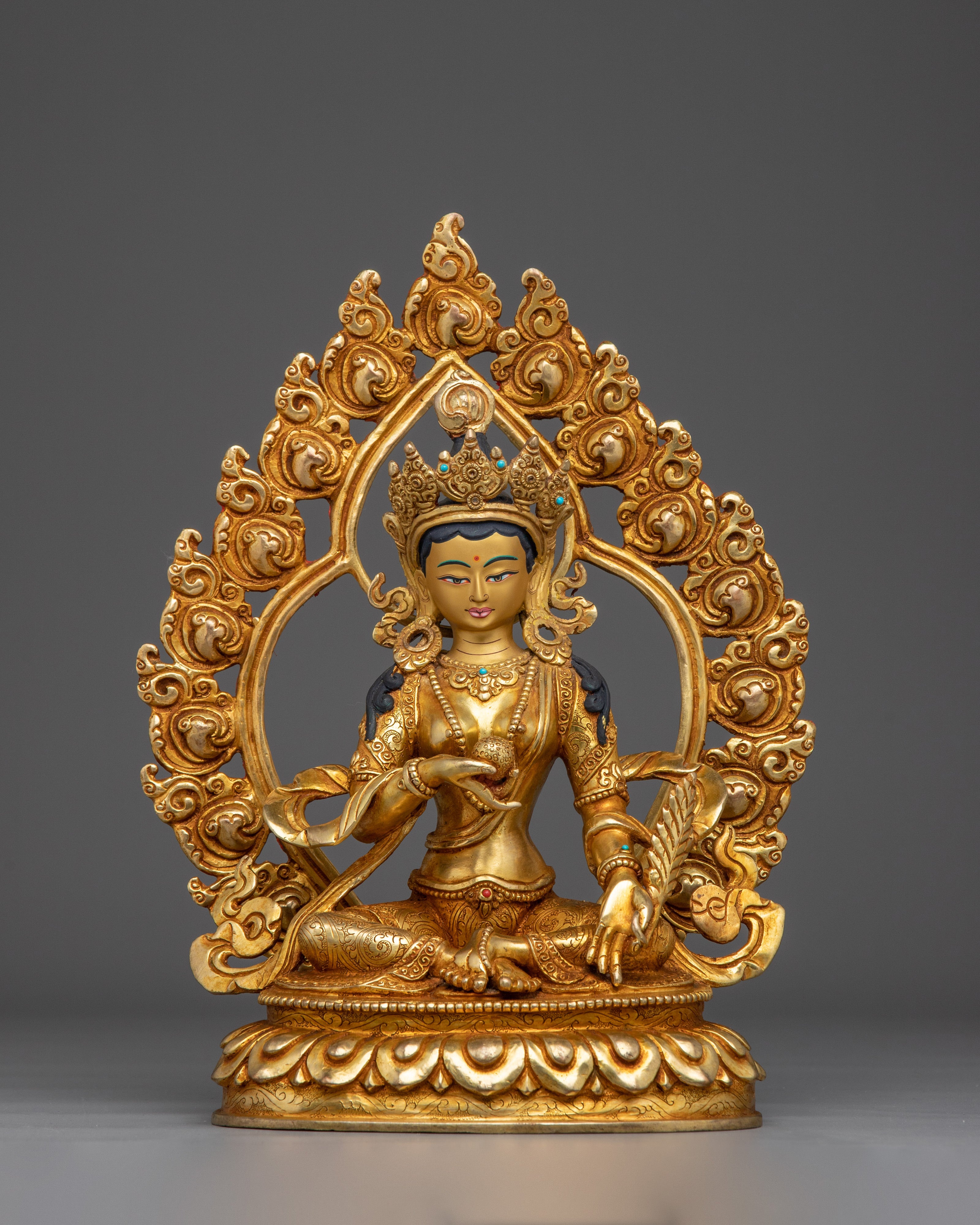

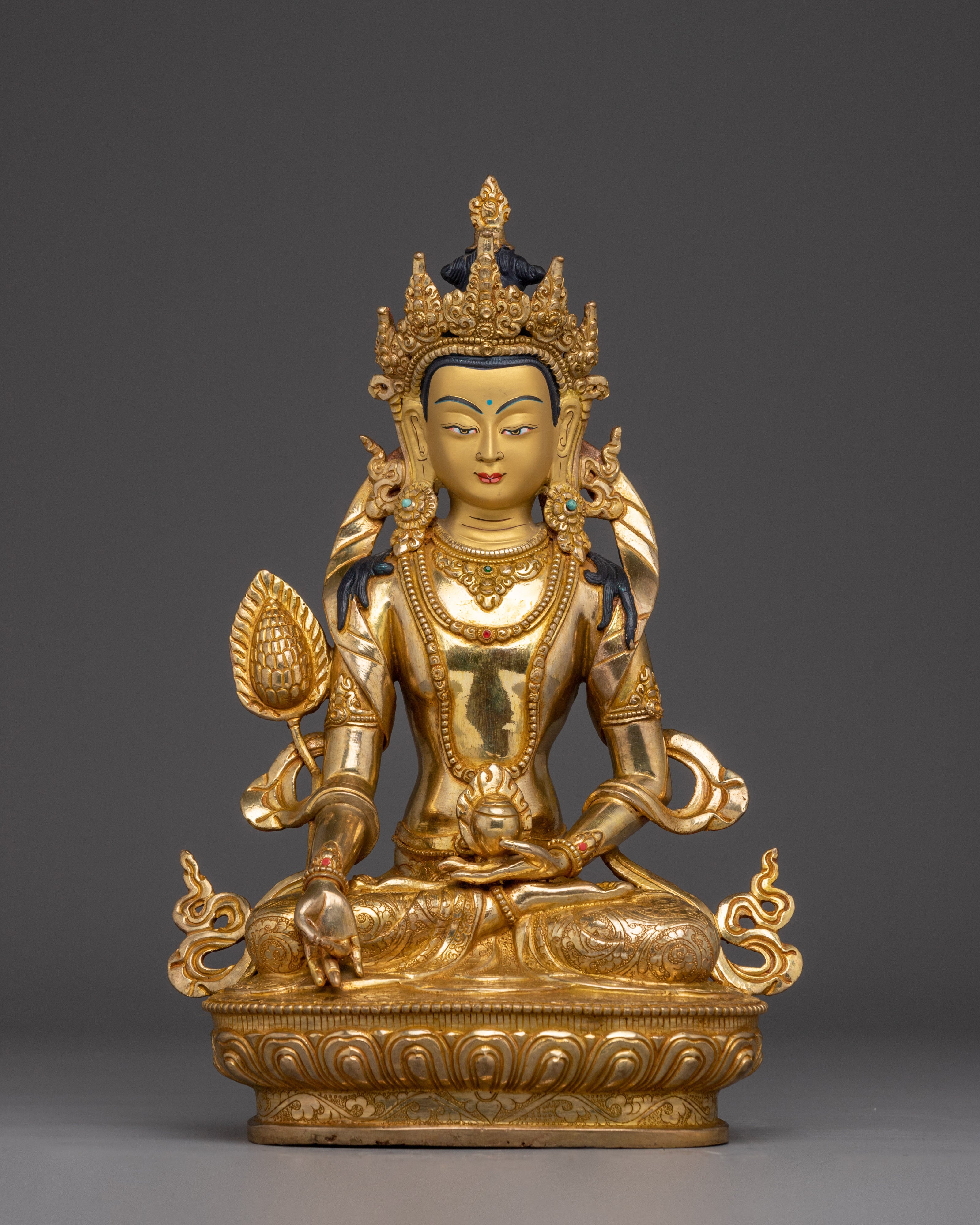











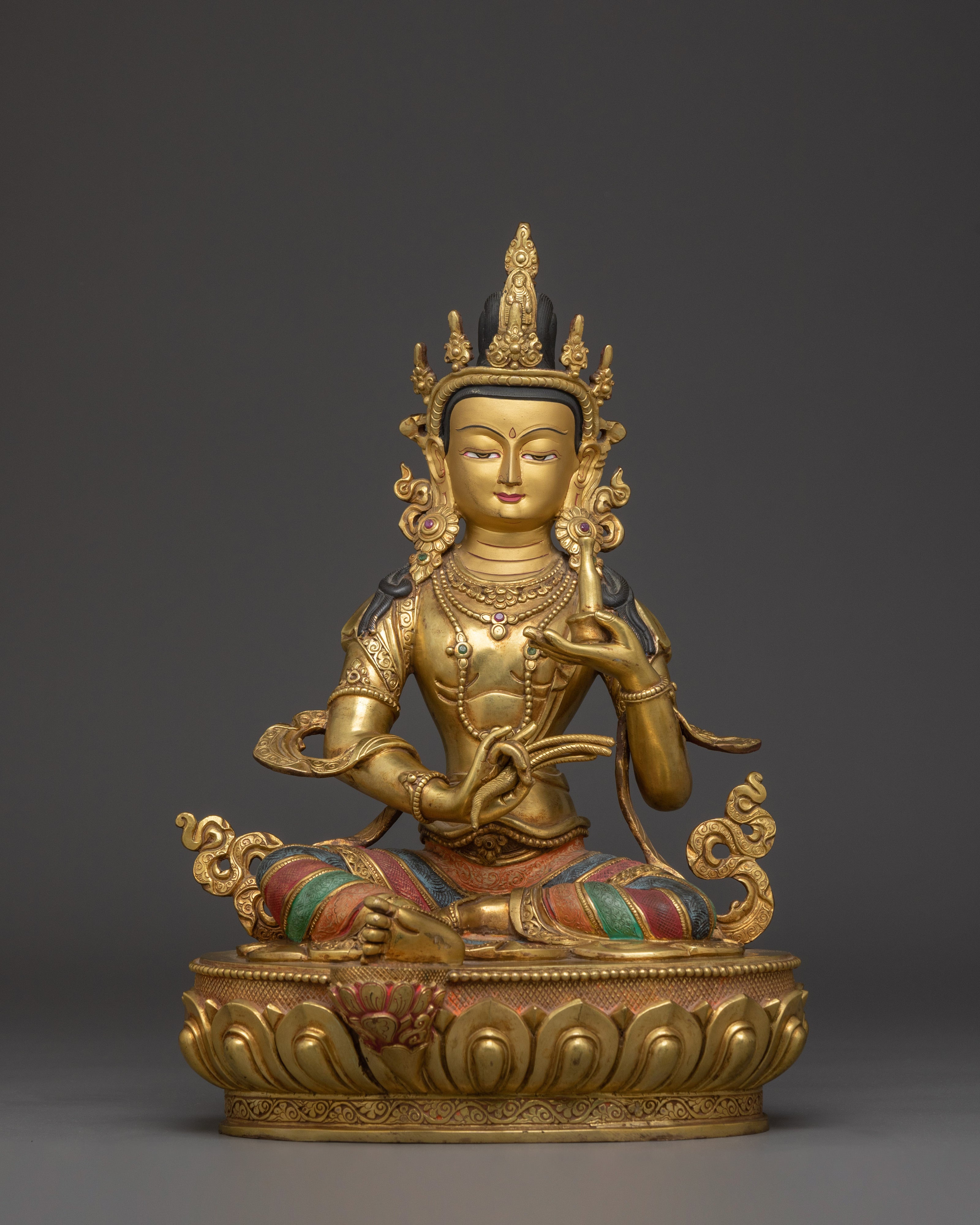

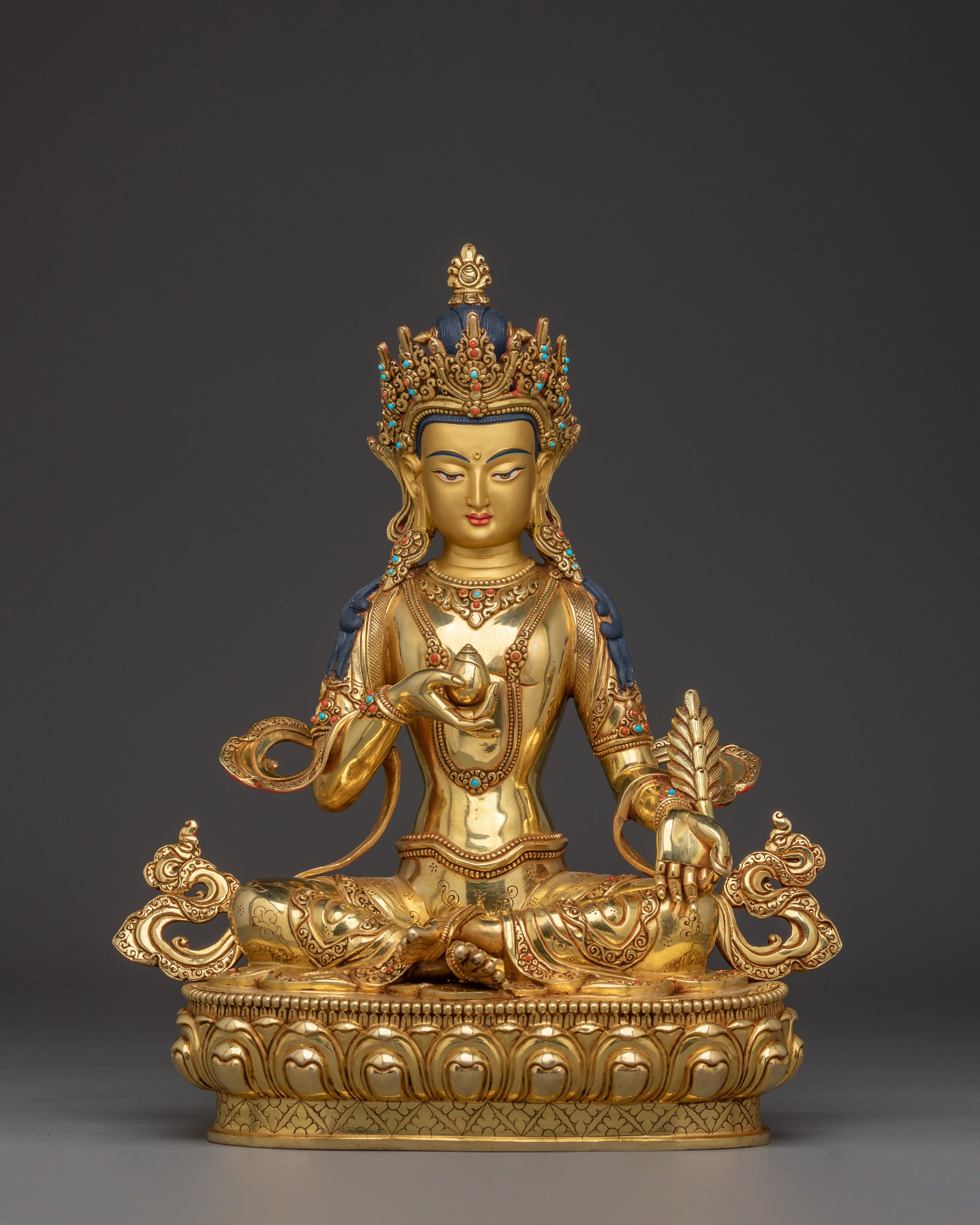

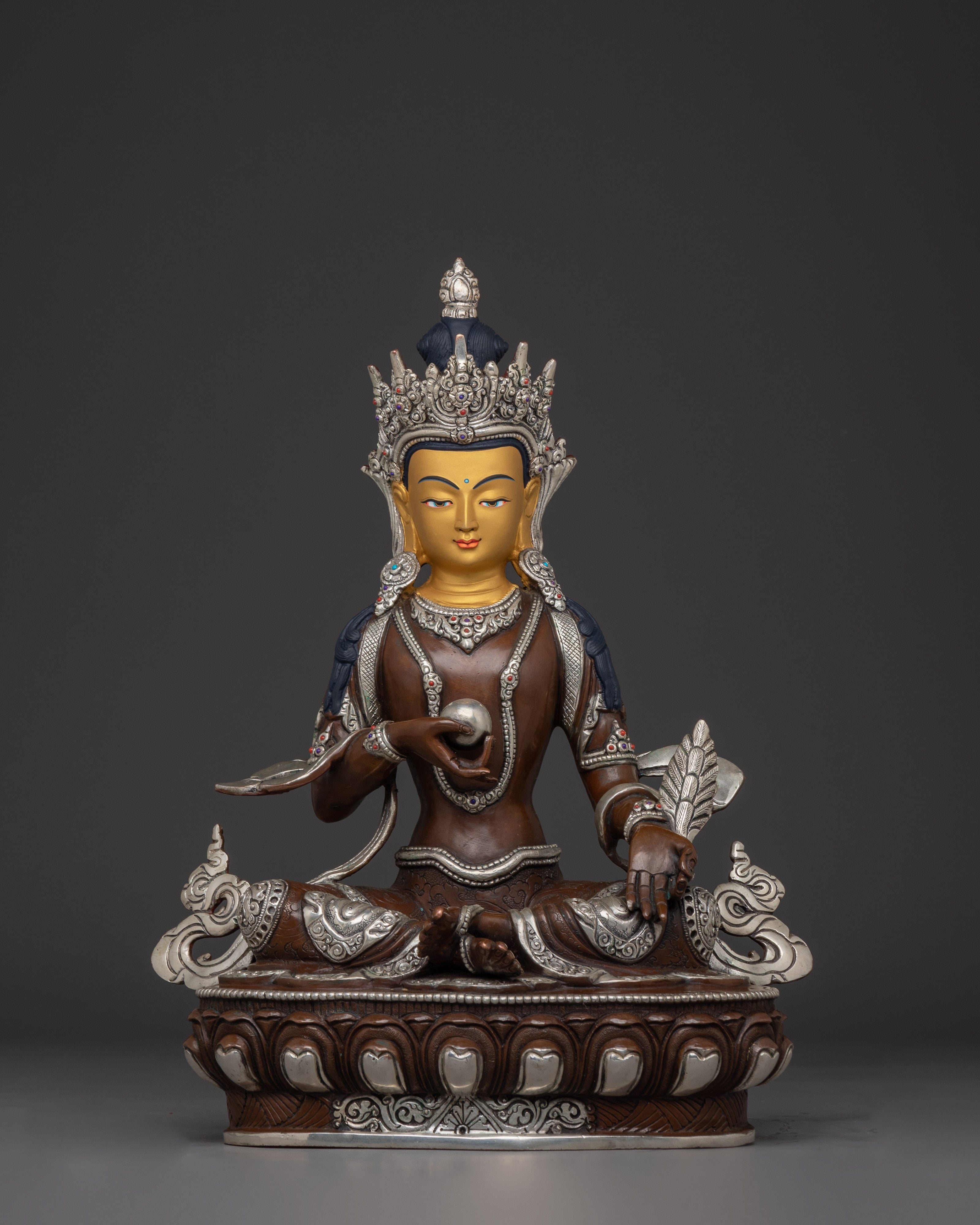
Bodhisattva Ksitigarbha
Kshitigarbha, also known as Jizo Bosatsu in Japan, is one of the most beloved Bodhisattvas in Mahayana Buddhism. His name, Ksitigarbha, translates to “Earth Store” or “Earth Matrix,” reflecting his profound connection to the earth and his role in guiding souls out of suffering. Revered for his infinite compassion, he is regarded as the protector of the suffering beings, particularly those trapped in the lower realms or hell.
Origin Story of Kshitigarbha
Ksitigarbha's origin is deeply rooted in Buddhist scripture, particularly in the Kshitigarbha Bodhisattva Sutra. According to the sutra, he made a profound vow to help all sentient beings, particularly those in hell. He pledged to remain in the world of samsara, the cycle of birth, death, and rebirth, until all beings are liberated from their suffering. Unlike others who achieve Buddhahood before returning to help sentient beings, Ksitigarbha chose to delay his enlightenment, putting the welfare of others above his own spiritual ascent.
This vow is central to his identity as he remains in the cycle of existence, providing help and protection to those who are suffering. His compassionate nature also extends to the deceased, where he is often invoked to guide the souls of the departed, ensuring they are protected and their karmic burdens are alleviated.
He is often depicted as a Bodhisattva who helps the souls of children, the dead, and the suffering, providing comfort and compassion to those in need of spiritual assistance.
Iconography of Kshitigarbha
Kshitigarbha’s iconography is rich with symbolism, each feature representing his unique qualities of compassion, protection, and wisdom. Here are the key elements of his iconography:
-
Monastic Robes: Kshitigarbha is typically depicted as a monk, symbolizing his renunciation of worldly attachments and his commitment to the monastic life. His robes often have a reddish or orange hue, common in Buddhist depictions of monks, and represent simplicity and dedication to spiritual practice.
-
Staff (Khakkhara): The staff Ksitigarbha holds is one of his most distinctive features. It is often adorned with rings that signify spiritual power and the ability to dispel obstacles.
-
Wish-Fulfilling Jewel (Cintamani): In his other hand, Kshitigarbha often holds a jewel called the cintamani, which represents his ability to fulfill the wishes of beings, particularly those seeking liberation from suffering.
-
Serene Expression: Ksitigarbha’s face is calm and compassionate, reflecting his nature as a figure of peace and guidance. His expression represents patience, understanding, and a willingness to support those in need, no matter their circumstances.
-
Posture: Kshitigarbha is often seated in a calm, meditative posture. His seated position symbolizes stability, wisdom, and patience. Meanwhile, in his standing position, he holds the khakkara, which signifies his readiness to assist beings at any moment.
Why Choose a Kshitigarbha Statue?
Choosing a statue of Kshitigarbha can bring profound benefits to your spiritual practice and daily life. Here are specific, practical reasons why many choose to incorporate a Ksitigarbha statue into their spaces:
1. Spiritual Protection for Children and Families
Kshitigarbha is especially revered as the protector of children and the deceased, particularly in East Asian traditions. In Japan, his statue is commonly placed in homes, hospitals, and cemeteries to protect children from harm. He is also invoked to guide the souls of those who have passed, especially children who die young or in tragic circumstances. If you are a parent or are concerned about the safety and well-being of your loved ones, a statue of Kshitigarbha serves as a reminder of his protective energy and compassionate guidance. It is believed to shield children from illness, accidents, and spiritual harm.
2. Assistance for the Departed Souls
Kshitigarbha’s most profound role is that of a guide to the souls in the hell realms. In the Kshitigarbha Bodhisattva Sutra, it is described that he vowed not to attain Buddhahood until all beings, especially those suffering in hell, are liberated. For those experiencing grief or mourning the loss of a loved one, placing a statue of Kshitigarbha in a home or memorial site can provide comfort, knowing that the Bodhisattva is guiding the departed towards a better rebirth and eventual liberation from suffering. It’s a powerful symbol of hope and peace for those grieving and a way to honor and guide the souls of the deceased.
3. Protection from Negative Energy and Misfortune
Kshitigarbha is often seen as a guardian against misfortune, negative influences, and obstacles in life. His staff (Khakkhara), which he uses to guide and protect beings, is a potent symbol of his ability to clear obstacles and dispel negative energies. If you are facing a period of adversity, financial difficulties, or emotional challenges, having a Ksitigarbha statue in your home or workspace can bring relief. It is believed that his presence creates an environment of spiritual safety, purifying the area of harmful energy and protecting the occupants from physical, mental, or emotional harm.
4. Encouragement for Compassionate Living
Kshitigarbha’s vow to remain in samsara until all beings are liberated serves as a model of selflessness. His statue can act as a constant reminder of the importance of compassion, service to others, and selfless action. If you are looking to cultivate more patience, kindness, and selflessness in your life, a Ksitigarbha statue can serve as an inspirational figure. It encourages living with a heart full of compassion, offering assistance to those in need, and fostering a spirit of generosity.
5. Spiritual Connection to the Earth
Kshitigarbha’s name translates to “Earth Store,” signifying his deep connection to the earth and its energy. He represents the nurturing and protective qualities of the earth, and his statue serves as a reminder of the interconnectedness between spiritual and physical realms. If you seek to deepen your connection with nature, maintain balance in life, or remain grounded in your spiritual path, placing a Ksitigarbha statue in your space helps cultivate harmony between your material and spiritual worlds.

